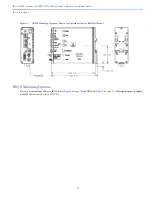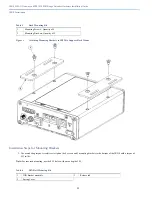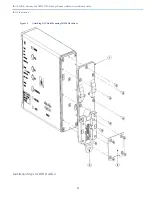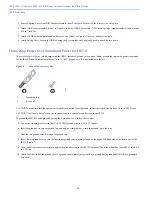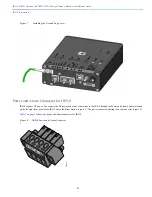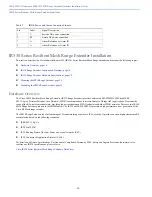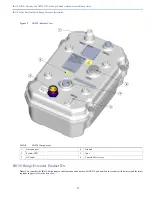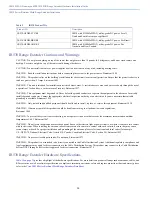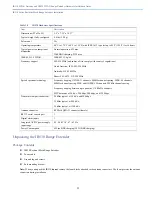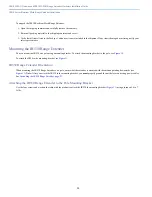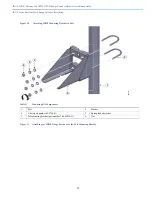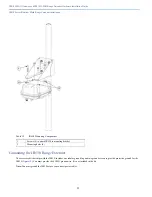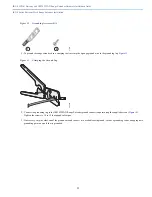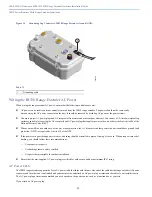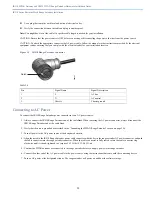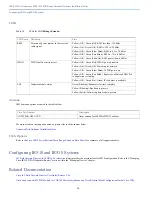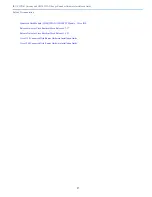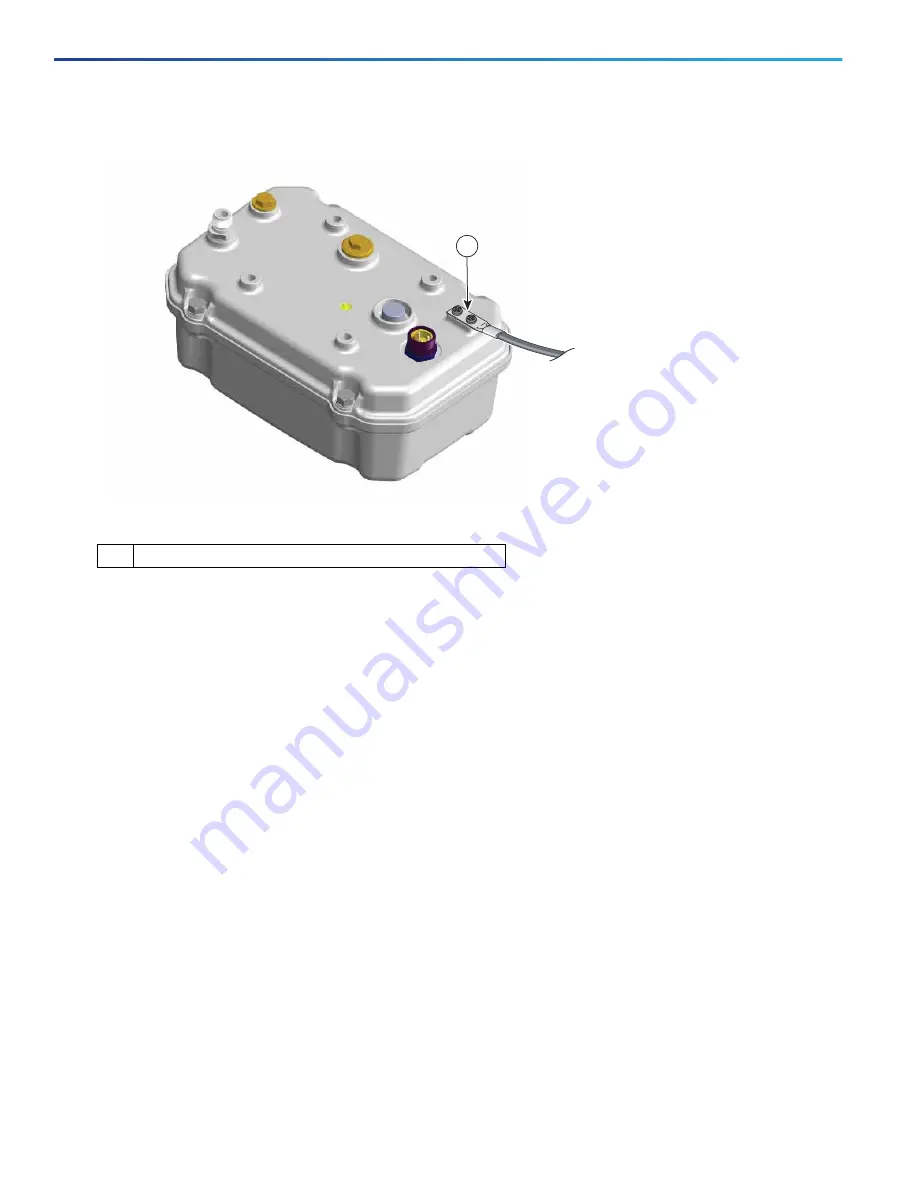
24
IR510 WPAN Gateway and IR530 WPAN Range Extender Hardware Installation Guide
IR530 Series Resilient Mesh Range Extender Installation
Figure 14
Grounding Lug Connects to IR530 Range Extender Ground (GND)
Wiring the IR530 Range Extender AC Power
When wiring the range extender AC power, ensure that the following conditions are met:
AC power can be readily and conveniently removed from the IR530 range extender. The power should not be removed by
disconnecting the AC power connector on the unit. It should be removed by disabling AC power at the power circuit.
You must protect AC power plugs and AC receptacles from water and other outdoor elements. You can use a UL-listed waterproofing
enclosure suitable for covering the AC receptacle and AC power plug that supplies power to the unit, as described in Article 406 of the
National Electric Code (NEC).
When you install the unit outdoors, or in a wet or damp location, the AC branch circuit that powers the unit should have ground fault
protection (GFCI), as required by Article 210 of the NEC.
If the power cord goes through a metal cover, a bushing should be installed to prevent fraying of the cord. When using a strain relief
bushing, you should follow these recommendations:
—
Use properly sized parts
—
Use bushings that are safety certified
—
Use parts that are suitable for outdoor installation
Ensure that the user-supplied AC power plug is certified for outdoor use and has a minimum IP67 rating.
AC Power Cable
The IR530 range extender supports the Cisco AC power cable that ships with the unit. One end of the cable has the range extender AC power
connector and the other end is unfinished and you must provide and attach an AC power plug or terminate the cable at your installation site.
The AC power plug or termination method you use depends on the power source, such as a junction box, at your site.
If you attach an AC power plug:
Table 13
1
Grounding cable
391288
1


